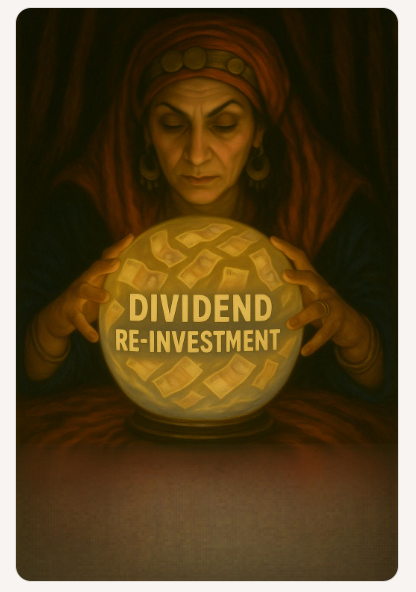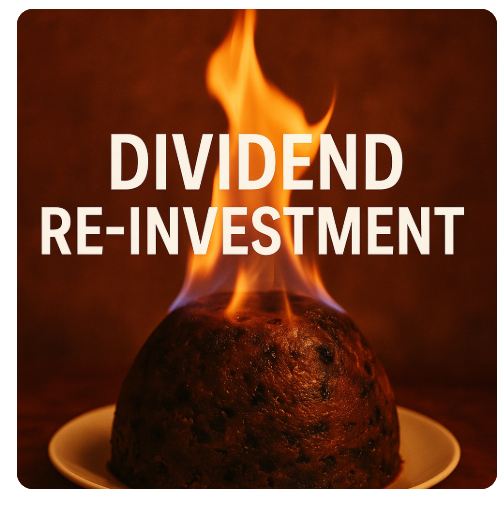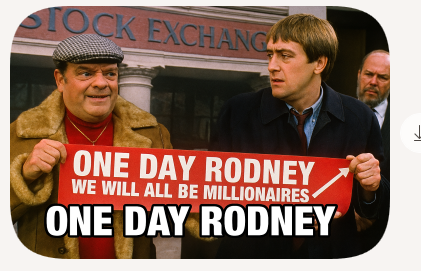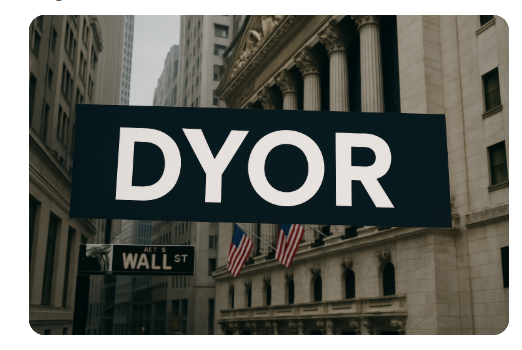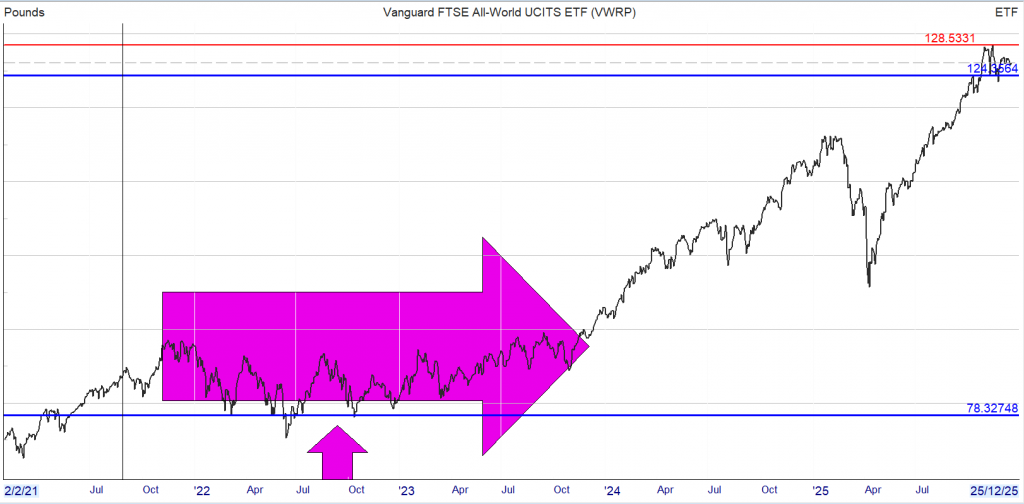What are my retirement income options?
We’re all told to save into a pension, but there’s widespread confusion about how to take an income from our savings and investments at retirement, a new study has found. We look at your retirement income options.
By Laura Miller

What are my retirement income options?
(Image credit: Getty Images)
Retirement income today is rarely generated from a single source. It is typically built from a combination of the state pension, workplace or personal pensions, and other assets, each playing a different role.
Understanding how these different pension and non-pension income streams work – and the risks attached to each – can help you approach retirement with clearer expectations, financial advisers say.
Middle-aged Brits are sleepwalking into retirement without a plan, and time is running out, a survey has warned. Retirement income options are not being considered by 73% of 45-60 year olds, according to the study by pension provider LV.
Get 6 free issues +
a free water bottle
Stay ahead of the curve with MoneyWeek magazine and enjoy the latest financial news and expert analysis, plus 58% off after your trial.

A third (33%) of respondents to the survey aged 45 to 60 said they are unaware of financial products or strategies available to help protect their retirement income or boost their pension savings.
Sue Allen, chartered financial planner at Chester Rose Financial Planning, said: “When you retire, one of the key questions is how you will take an income. Many people find they spend more at the start of retirement as they enjoy their newfound freedom and tick off bucket-list experiences.
“Once early retirement has passed, your spending may settle down, but you might also want to prepare for higher costs in your later years in case you need to pay for care. Setting out your retirement goals could help you understand how to create an income that suits your lifestyle at different points in time.”
We look at the different retirement income options – like the state pension, defined benefit pensions versus defined contribution pensions, workplace pension and SIPPs as well as annuities, cash savings accounts, ISAs and property rental income – and how they can work together to fund your later years.
State pension – a baseline income
The state pension provides a guaranteed, inflation-linked income for life and forms the baseline of retirement income for most people.
The full new state pension (for most post-2016 retirees) is now £230.25 per week for 2025/26, or £11,973 per year, while the full basic state pension (for those born before April 1953) is £176.45 weekly – amounting to £9,175.40 a year – both increased under the triple lock, with payments made every four weeks.
Eligibility and amounts depend heavily on National Insurance contributions, requiring 35 years for the full new state pension and around 30 for the basic. You can begin claiming the state pension at 66, but the state pension age is rising.
Jude Dawute, managing director at financial advice firm Benjamin House, said: “While it provides an important level of security, the state pension on its own is generally designed to meet basic living costs, rather than support a broader retirement lifestyle.”
Pensions UK, a trade body, estimates a single person household needs £13,400 a year post-tax income to cover the basics in retirement – excluding housing costs – so while most of this will be covered by the new state pension, some other savings or income will be needed besides.
Defined benefit pensions – predictable income
Defined benefit (DB) pensions provide a pre-determined income for life, usually payable from a scheme’s normal retirement age (commonly 60 or 65). The income is not affected by market movements and continues for as long as you live. You can usually take 25% tax-free as a lump sum, with the rest of the income taxed at your marginal rate.
DB pensions are typically used to meet core, ongoing expenditure, because the income is known in advance and often includes inflation protection.
So if a person, aged 65, had a defined benefit pension paying £18,000 per year and gets the full new state pension of £11,973 per year, their total guaranteed retirement income would be £29,973 per year.
“This income would be paid regardless of investment conditions or how long the person lives, providing a stable base from which other retirement decisions could be made,” said Dawute.
Defined benefit pensions are usually inflexible regarding how income is taken and at what level. However, many allow a tax-free lump sum in exchange for lower income.
Allen, from Chester Rose Financial Planning, said: “The decision whether to take a tax-free lump sum or not needs careful consideration, as once taken, it cannot be reversed. In most cases, maximising guaranteed income is preferable unless the lump sum is genuinely required.”
Defined contribution pensions – flexibility and risk
Defined contribution pensions work differently to defined benefit pensions. Instead of providing a guaranteed income, they build up a pension pot, which can usually be accessed from age 55 (rising to 57), with no requirement to retire at a fixed age.
This flexibility allows income to be tailored to individual circumstances, but it also means retirees remain exposed to several risks.
“Unless funds are converted into guaranteed income – by buying an annuity – DC pensions remain invested. Their value can therefore rise or fall with markets,” Dawute said.
A key consideration is sequence risk, he pointed out. This is the impact of taking withdrawals during periods of poor market performance, particularly early in retirement.
Dawute said: “Losses at this stage can have a disproportionate effect on how long a pension pot lasts. Diversified portfolios can help manage volatility, but investment risk cannot be removed entirely.”
Consolidation, transfers and SIPPs
Many people reach retirement with multiple defined contribution pensions, built up over different jobs.
Consolidation brings these pensions together, often into a self-invested personal pension (SIPP) or a workplace pension scheme. This can make it easier to understand your overall retirement income, manage investments consistently, and plan withdrawals.
“In some cases, individuals may also explore pension transfers from older arrangements and defined benefit pensions into newer ones with greater flexibility,” said Dawute. But he added where protected benefits exist – like guaranteed income rates – these decisions require careful consideration.
Turning defined contribution pensions into income
Deciding how much to withdraw from your pension can seem like a balancing act and there are often many factors you need to consider.
Allen said: “For example, when you access your pension, you can usually take up to 25% as a tax-free lump sum. You might be tempted to withdraw the money to travel, renovate your home, or indulge your hobbies. However, withdrawing a lump sum at the start of retirement could affect your long-term finances.
“You don’t have to take a lump sum at the start of retirement to benefit from the tax-free money – you may spread it out over several withdrawals, for instance,” she said.
Option 1: Flexi-access drawdown – adaptable income with market exposure
Drawdown allows pension funds to remain invested while income is taken as needed. It is often used to support discretionary spending, such as travel or irregular expenses, and to keep funds accessible. You typically take your 25% tax-free cash upfront.
Drawdown income is not guaranteed and is exposed to:
- Market volatility
- Inflation risk if withdrawals rise faster than investment growth
- Longevity risk if withdrawals continue for longer than expected
When you are in drawdown the sequence of your investment returns is of vital importance. In the scenario shown below, which shows a retiree with a portfolio of £100,000, taking annual withdrawals of £5,000, their portfolio could be 22% worse off if they experienced losses in the first two years of retirement, compared to having these same losses in years four and five.
| Portfolio 1 | Portfolio 2 | ||||
|---|---|---|---|---|---|
| Year | Withdrawal | Annual returns | Annual portfolio value (£) | Annual returns | Annual portfolio value (£) |
| 1 | £5,000 | 25% | £120,000 | -25% | £70,000 |
| 2 | £5,000 | 15% | £133,000 | -15% | £54,500 |
| 3 | £5,000 | 0% | £128,000 | 0% | £49,500 |
| 4 | £5,000 | -15% | £103,800 | 15% | £51,925 |
| 5 | £5,000 | -25% | £72,850 | 25% | £59,906 |
Source: Quilter. Table shows a 22% difference between portfolio 1 and portfolio 2 after five years
Option 2: UFPLS – simplicity and tax considerations
Uncrystallised funds pension lump sums (UFPLS) allow individuals to take payments directly from their pension, with 25% tax-free and 75% taxed as income each time, unlike flexi-access drawdown where the whole tax-free amount is usually taken upfront.
It’s a way to get money bit-by-bit without setting up a full drawdown plan, triggering the money purchase annual allowance (MPAA) on the first withdrawal and allowing the rest of your fund to keep growing.
UFPLS is commonly used for:
- One-off expenses
- Early retirement bridging until the state pension or other retirement income kicks in
- Smaller pension pots
Dawute said: “Because each withdrawal is taxed, timing and frequency can significantly affect your overall tax position.”
Option 3: Annuities – guaranteed income and annuity risk
An annuity converts pension savings into a guaranteed income, usually payable for life.
People often use annuities to cover essential spending, reducing reliance on investment markets and removing the risk of outliving their savings.
“However, annuities involve annuity risk – once an annuity is purchased, the income is typically fixed based on market conditions at that time and cannot be changed later,” said Dawute.
Inflation risk and annuities:
- Level annuities start at a higher income but lose purchasing power over time
- Inflation-linked annuities protect real income but begin at a lower level. This reflects a trade-off between higher initial income and longer-term protection against rising prices.
Other sources of retirement income
Drawing income from a range of assets can help diversify risk and improve financial resilience in retirement.
Matt Finch, director of wealth management at Bentley Reid, pointed to some non-pension assets that can boost your retirement income:
ISAs
“ISAs offer highly tax-efficient income, with withdrawals, income and growth free from tax. In many cases, it can be advantageous to utilise taxable income first to maximise allowances before drawing on ISA wealth,” said Finch.
Cash
Cash savings can provide liquidity and short-term security, reducing the need to sell long-term investments during periods of market volatility, he said.
Rental property income
Finch said: “Rental income can continue to provide a steady income stream in retirement, although it remains taxable and carries ongoing management responsibilities, which should be considered in the context of lifestyle objectives.”
Part-time work
“Part-time or consultancy work can offer a phased transition into retirement, maintaining income and reducing reliance on pensions in the early years,” he added.

Combining pension income streams
The most effective retirement income plans combine guaranteed income, flexible withdrawals and long-term growth, according to the experts.
Chartered financial planner Sue Allen said: “They are built around spending needs, health and attitude to risk – and are reviewed regularly as circumstances and tax rules change. Retirement income planning is not about finding the perfect product. It is about structuring your money so it supports the life you want for as long as you need it.”
A 65-year-old with a full state pension, NHS pension, a SIPP valued at £400,000 and an ISA of £100,000, who is continuing to work until 67, could have a retirement income portfolio that looks something like the below, she said.
In early retirement, income is topped up from the SIPP and ISA to support higher spending. Once the state pension and NHS pension payments begin, reliance on the SIPP reduces.
Later in life, income needs decline further, and guaranteed income covers most spending, while modest withdrawals continue to provide flexibility.
“The aim is not to maximise income early on but to keep the income sustainable and tax-efficient,” Allen said.
| Age (years) | Income per year required (gross, i.e. before tax) |
| 65-75 | £60,000 |
| 75-85 | £45,000 |
| 85-100 | £30,000 |
| Income source | Income per year (gross, i.e. before tax) |
| Part time work | £20,000 |
| SIPP drawdown | £30,271 (assumed tax-free cash already taken) |
| ISA | £9,729 |
| Total | £60,000 |
| Income source | Income per year (gross, i.e. before tax) |
| State pension | £11,973 |
| NHS pension | £15,000 |
| SIPP drawdown | £23,771 |
| ISA | £9,729 |
| Total | £60,000 |
| Income source | Income per year (gross, i.e. before tax) |
| State pension | £11,973 |
| NHS pension | £15,000 |
| SIPP drawdown | £18,000 |
| Total | £45,000 |
